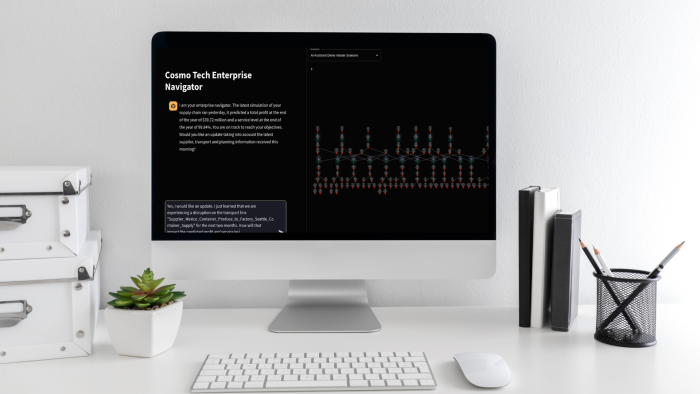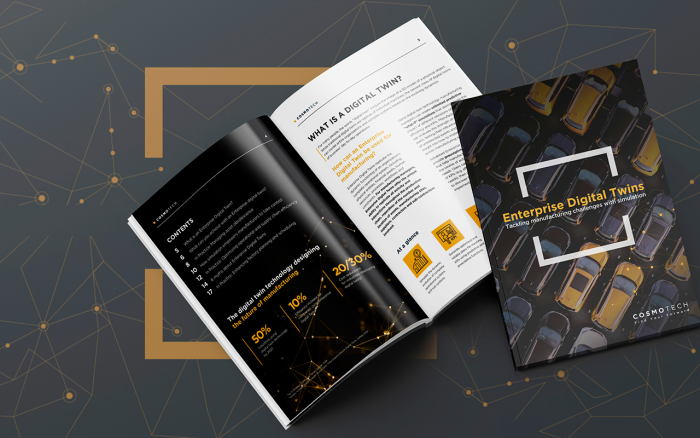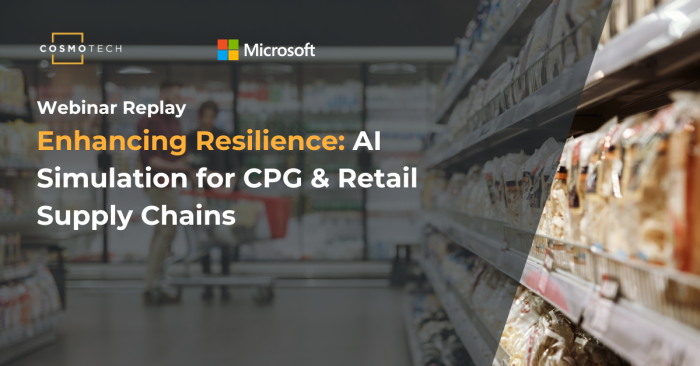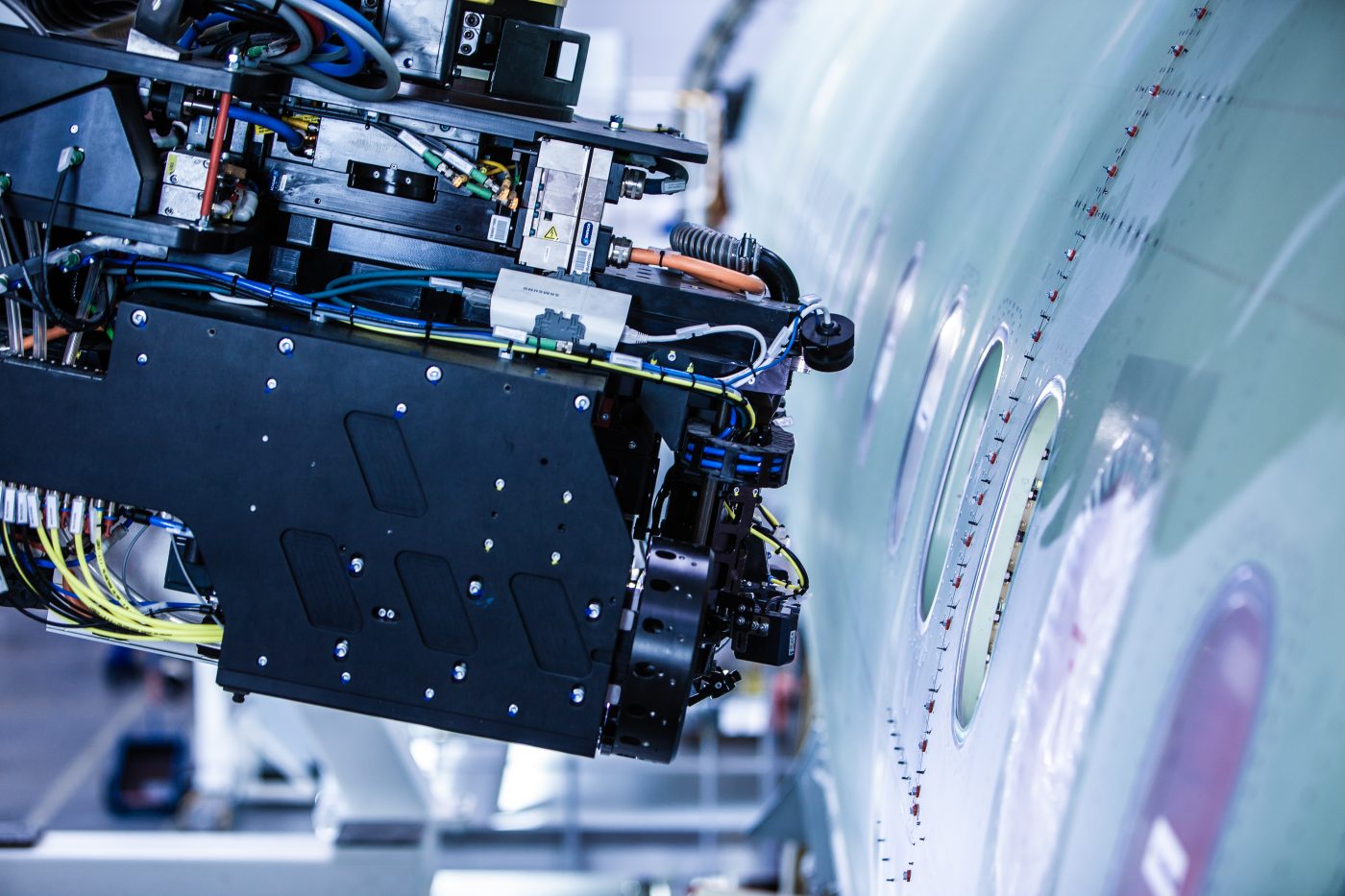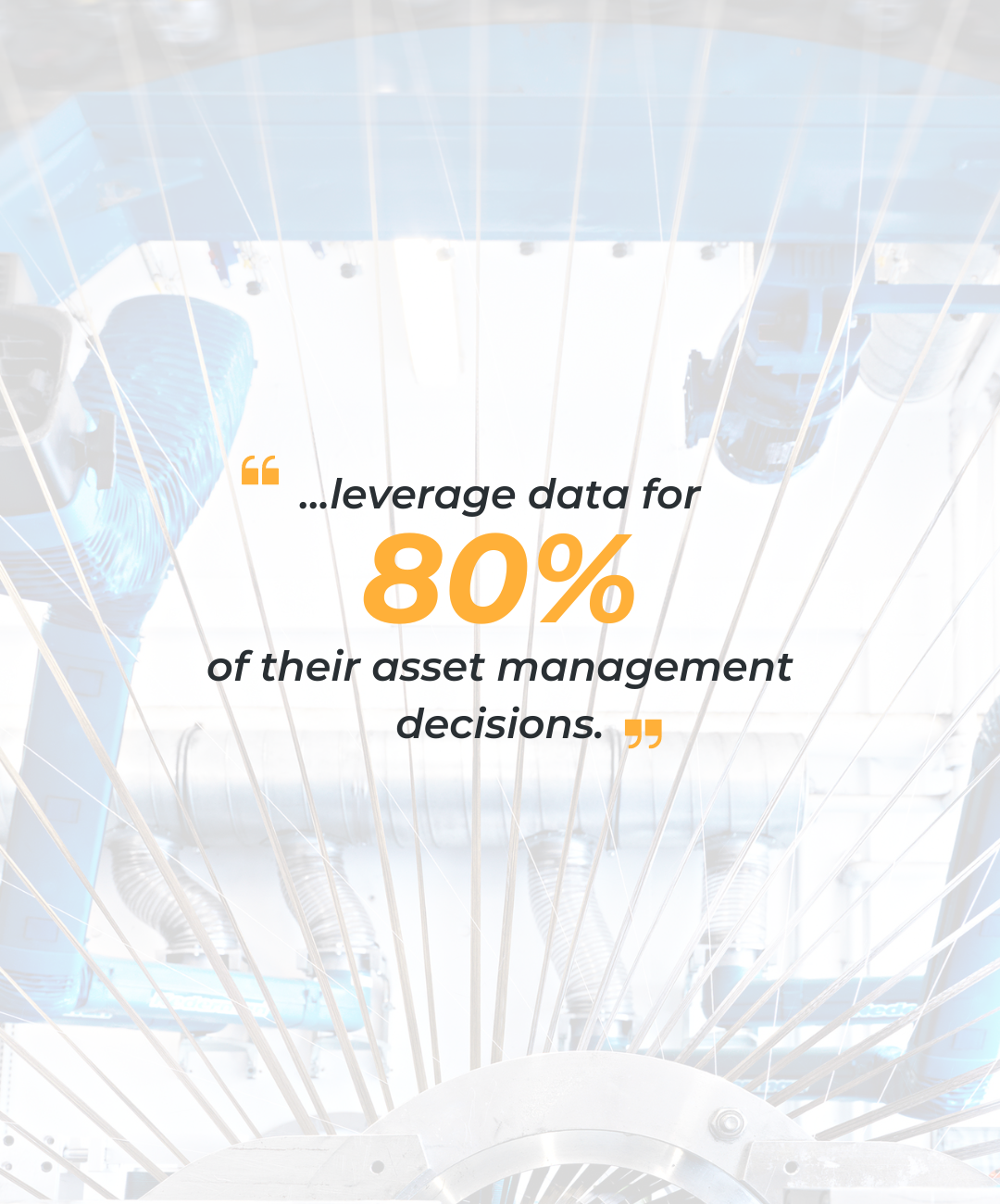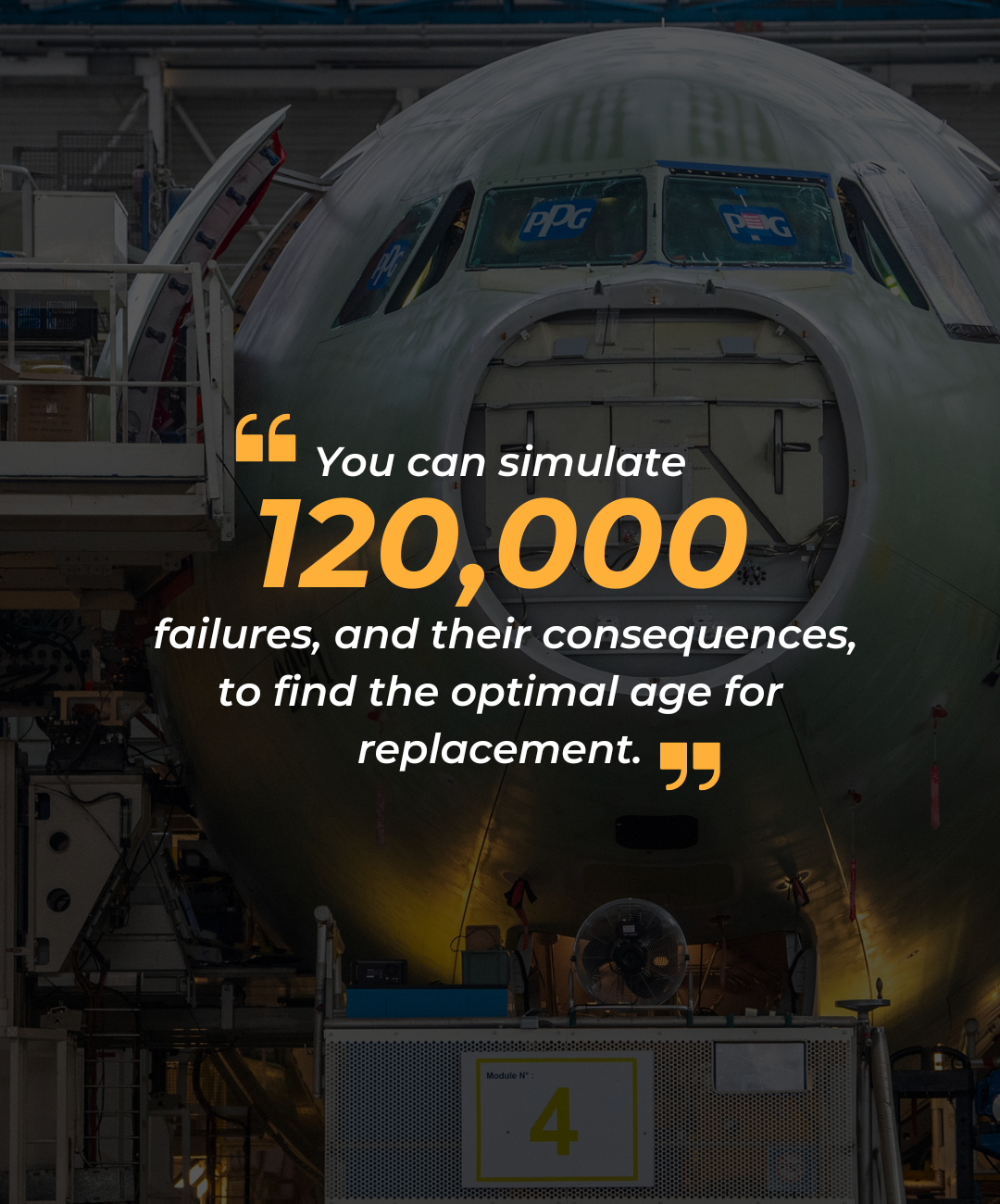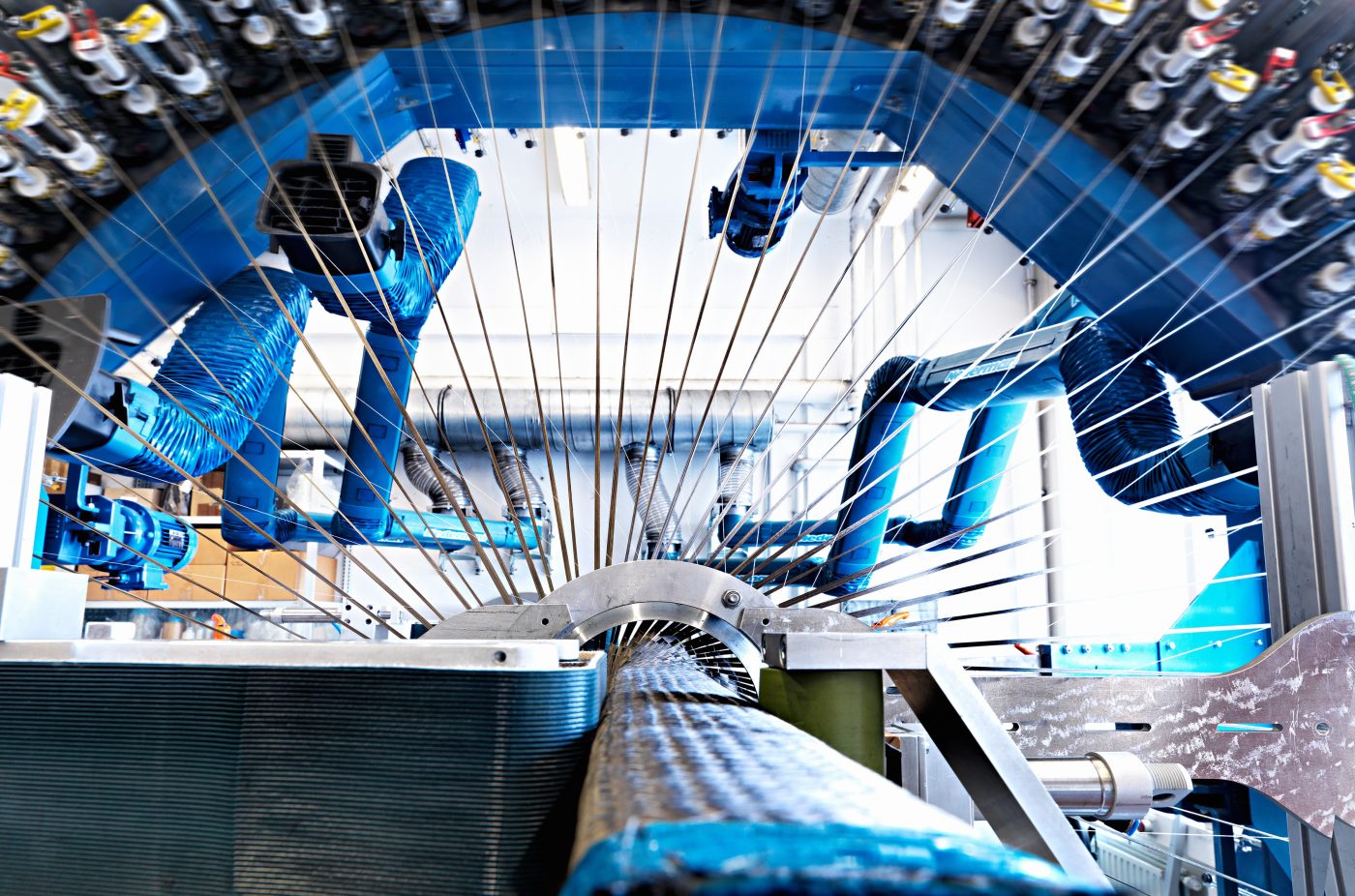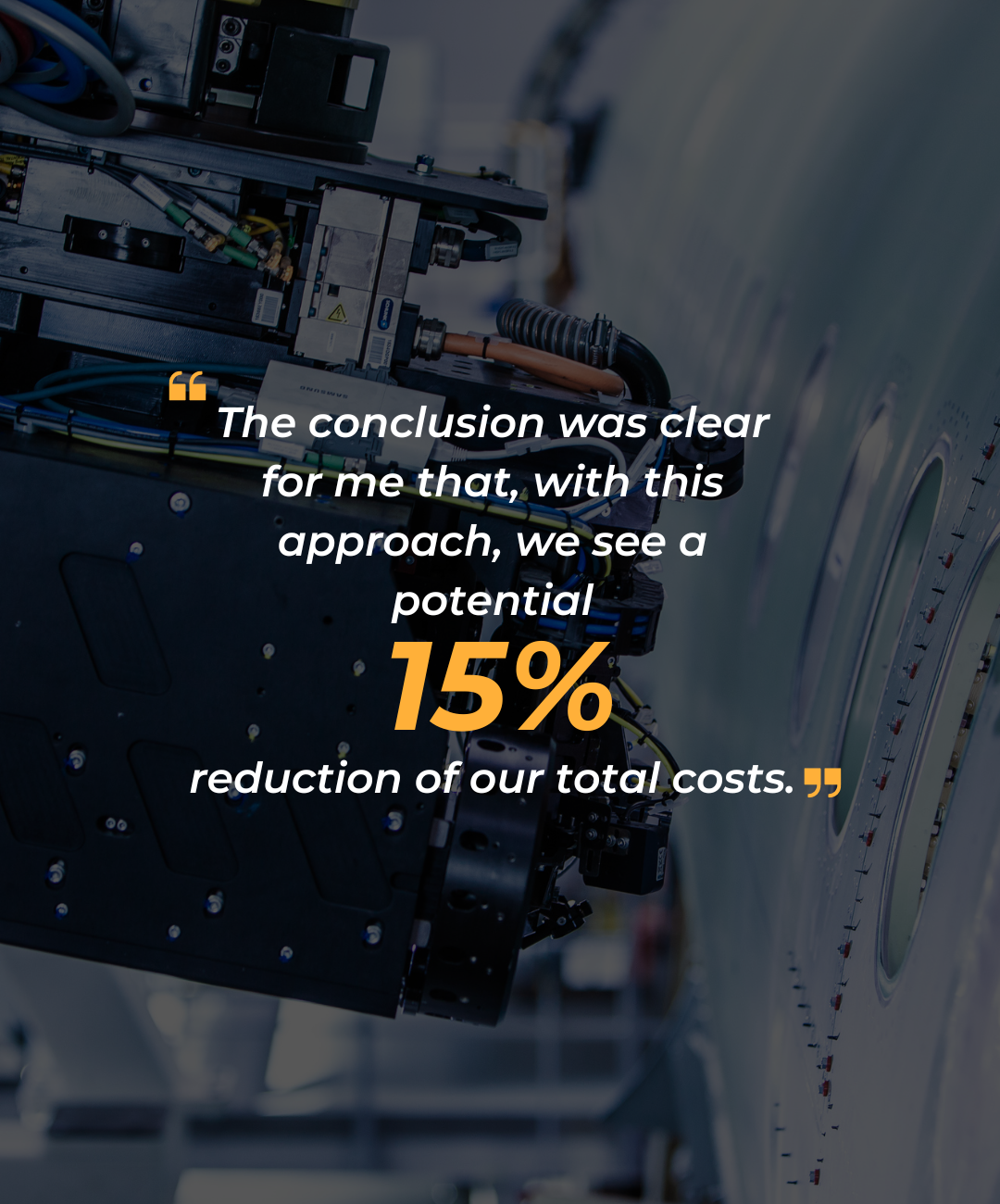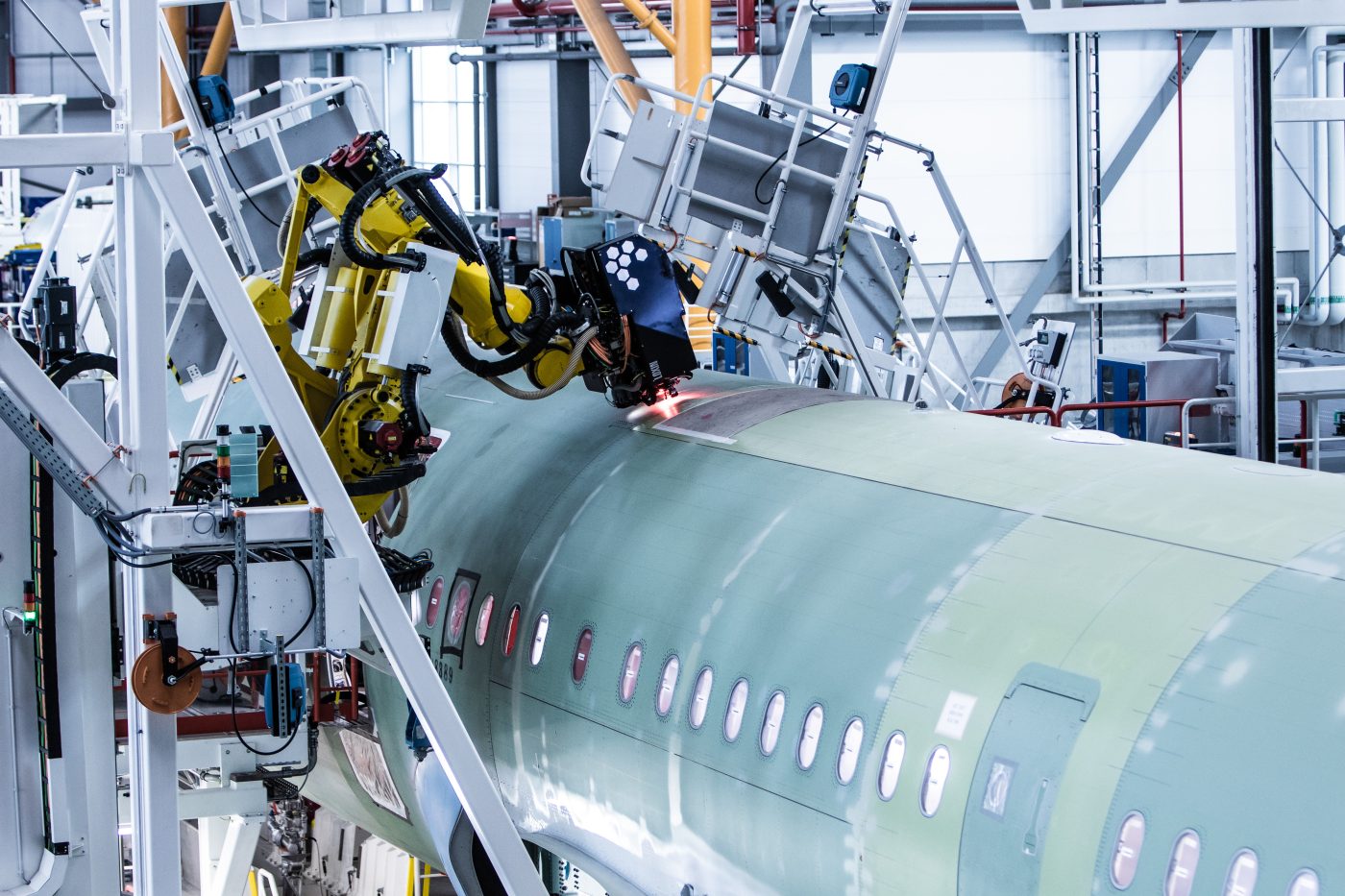NAVIGATING THE SHIFT FROM MANAGING ASSETS TO ASSET MANAGEMENT
Since 2020, Joël Serres and his team at Airbus have transformed their asset management practice. The traditional approach of managing assets is focused on maintenance activities and often involves working on assets individually. The new approach is asset management, taking into account the entire lifecycle of the asset and adopting a long-term perspective on the health and value of the asset.
This new approach also recognized that asset management could be a key to realizing broader corporate targets such as financial performance and sustainability.
This transformation is not without challenges, and two stand out for Serres: the need to align teams on a single decision making process and asset management strategy, and the increasing complexity of the asset management tools, operations, and data.
